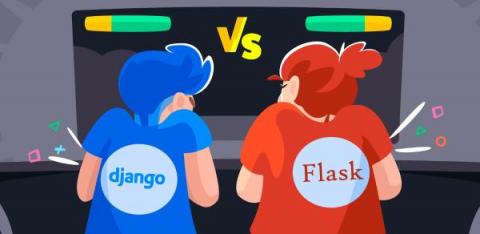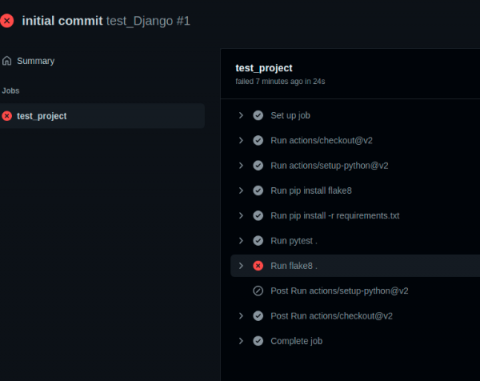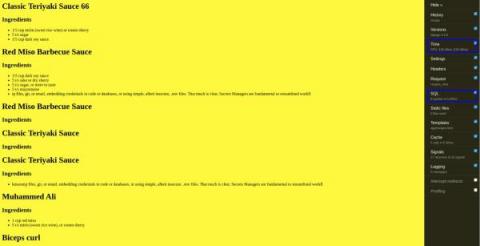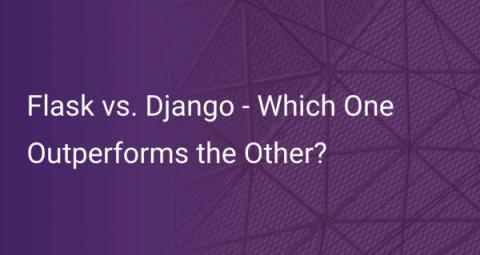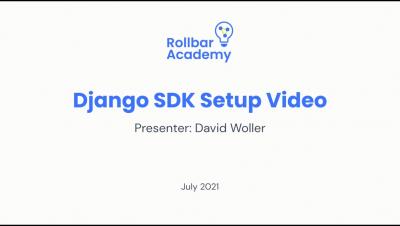Flask vs. Django: Beyond Comparing Simple & Complex
It doesn’t matter if you’re just starting to learn code or if you’ve been doing it for a few years – sometimes you feel like you have no idea what you’re doing. This feeling can be made even worse by the wealth of information out there, making the right decision can get stressful. Life is full of those tough choices: Coke vs. Pepsi; Yankees vs. Red Sox; Python vs. Flask. You know, regular questions about soda, baseball, and Python frameworks that almost everyone faces.


